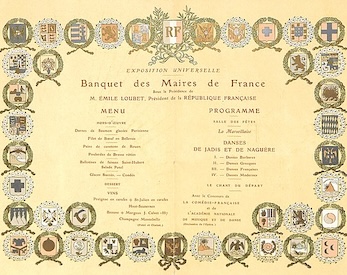
Weekly meal plan for one















Published on 6 January 2024 by Andrew Owen (4 minutes)
I first started cooking for myself when I went to tertiary college. My mom gave me a Delia Smith cookbook called “One is Fun!”. Lately, due to differing dietary requirements, I’ve found myself cooking for one again. I still don’t think it’s fun. Typically, convenience meals contain artificial ingredients and high levels of salt, sugar or fat, aren’t very nutritious and don’t taste great. The standard alternative is batch cooking and freezing, but then you sacrifice variety. Some people drink nutrient-shakes, but as you have to eat to survive, you might as well enjoy the experience. So I came up with weekly meal plan based on a set of common ingredients that’s tasty, nutritious, simple and quick to make.
One of the keys to not feeling hungry in the daytime is having meals at regular times. I almost always start the day with a bowl of muesli (minimum 45g for fiber) at around 0730. You can mix it up by having different fruits with it. Frozen berries are a good choice as they don’t go off and they defrost quickly. I’m told you should leave between four and five hours between breakfast and lunch, so I typically eat at midday. I have a leaf salad with olive oil and balsamic vinegar and a little grated cheese. For convenience, I use store bought ready-to-eat leaf salad. They tend not to keep, so it’s best to buy on the day. I like to keep my pantry stocked with:
I usually eat evening meals at around 1930 (12 hours after breakfast). If I don’t feel like eating what’s on the meal plan for a given day, I’ll swap it with a different day. The other way I add variety is by changing the seasoning I use with the dishes from week to week. My main influence is the Mediterranean diet (in the non-faddy weight-loss sense of the word diet). But it’s important to listen to what your body tells you. If you’re craving something (other than junk food) you probably need that. And you should make sure you’re getting enough vitamin B and folic acid (especially if you’re vegan). My weekly shop usually looks something like this:
I typically buy things in the smallest quantity possible for freshness. Anything that can be frozen will go straight in the freezer until the day I need it. If I can only get things in larger quantities, I’ll divide them in bags before freezing them.